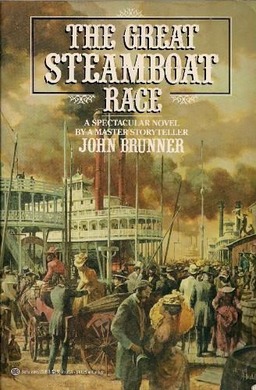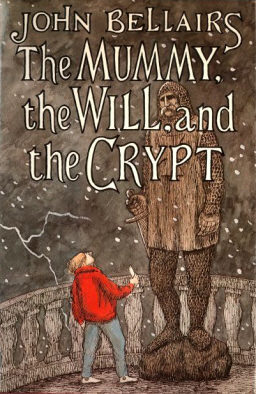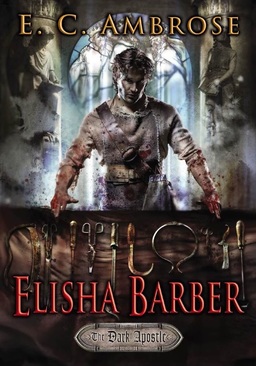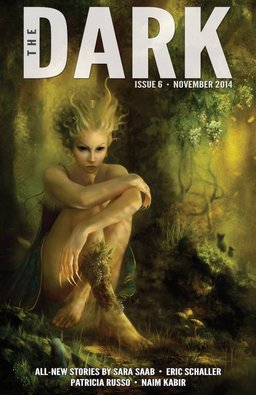The Top 50 Black Gate Posts in October
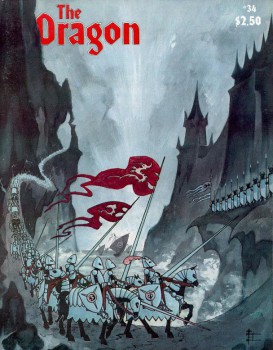 Sometimes people critique Black Gate by looking over the site, noting our focus on books and magazines, and proclaiming us “books snobs.”
Sometimes people critique Black Gate by looking over the site, noting our focus on books and magazines, and proclaiming us “books snobs.”
That’s not true at all, I argue calmly. Look — you know what the most popular article on the Black Gate website was just last month? It was Scott Taylor’s Art of the Genre post, “The Top 10 Dragon Magazine Covers of the 1970s & 80s.”
You see? We’re not merely book snobs. We’re also art snobs.
This is Scott’s second month at the top of the charts — back in September, he claimed the top spot with his article on the Top 10 TSR Cover Paintings of All Time, a nostalgic look at the finest artwork from the Golden Age of roleplaying. Scott certainly knows his stuff when it comes to fantasy art — and our readers love him for it.
The next few articles at the top of the charts don’t do much to help my thesis that we’re not book snobs, however. The #2 article for the month of October was M. Harold Page’s “Four Books on Historical European Martial Arts.” Hard to argue that you’re not just all about books, when your most popular posts are all about books.
The #3 article for the month was my look at The Fantasy Roots of Fan Fiction, an argument that the modern fan fiction phenomenon grew largely out of the tradition of the pastiche novel, and especially the long-running success of the Conan pastiche, and the success of writers like Lin Carter, who wrote pastiches for most of his career.
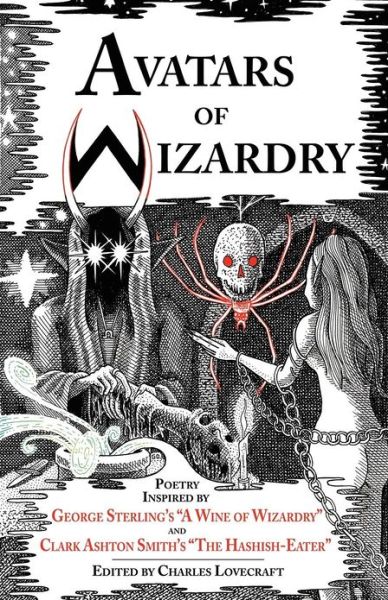
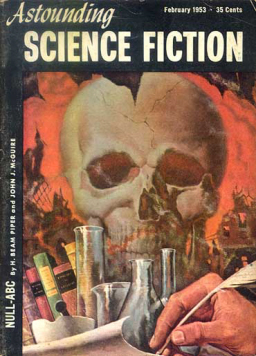
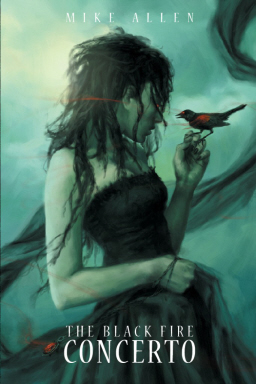
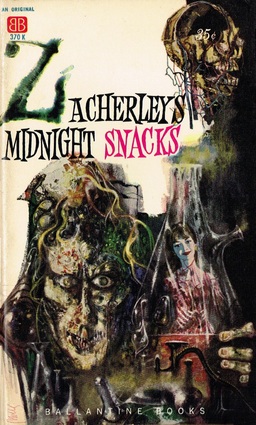
 It’s not just Hallowe’en, Christmas, and Thanksgiving, but it’s also that time of year when I try to catch up my 2014 short fiction listening so that I’ll be ready to make some choices about the Nebulas, the Hugos, and the Auroras.
It’s not just Hallowe’en, Christmas, and Thanksgiving, but it’s also that time of year when I try to catch up my 2014 short fiction listening so that I’ll be ready to make some choices about the Nebulas, the Hugos, and the Auroras.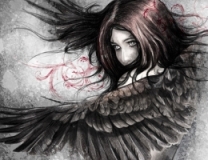 “
“